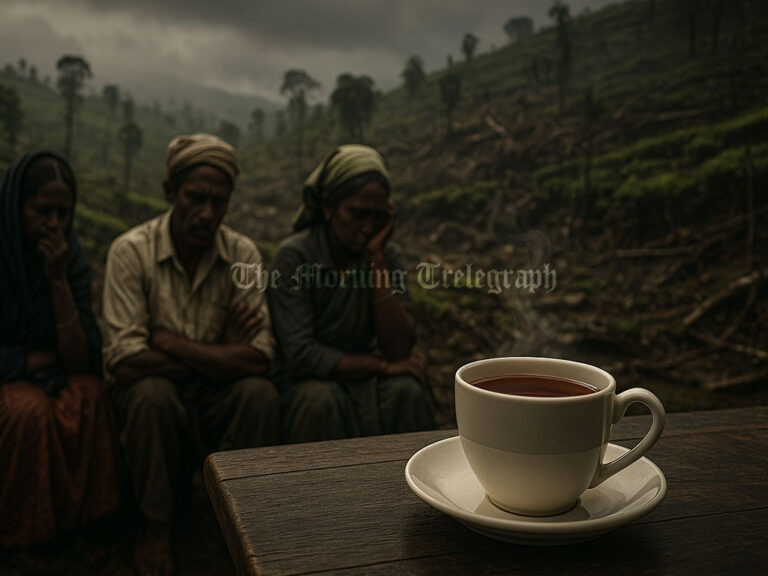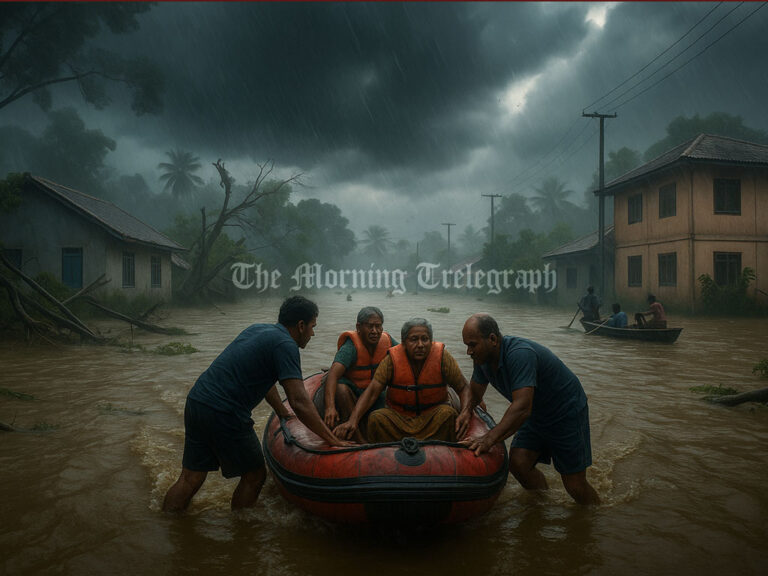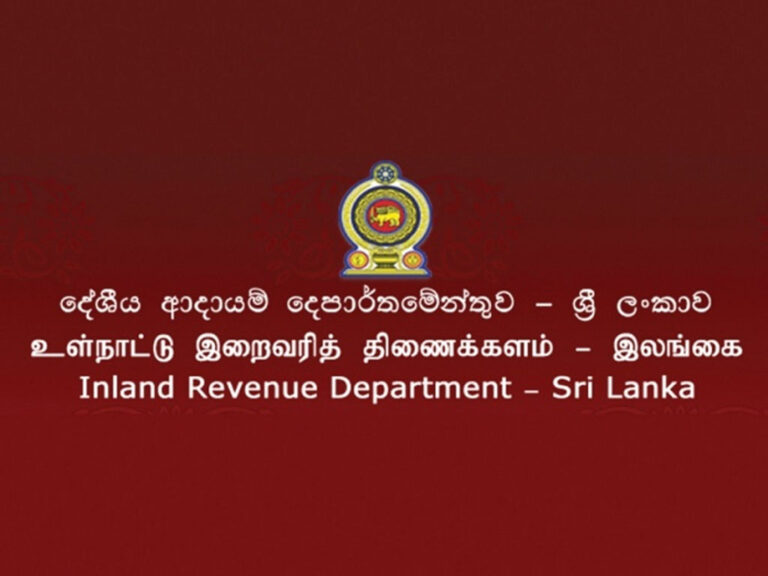
New Delhi/Cumilla, Bangladesh – Severe flooding has struck Bangladesh and northeast India, resulting in at least 36 fatalities and affecting nearly 4.5 million people. The floods have caused extensive damage, submerging homes, stranding residents, and pushing rivers on both sides of the border to extreme levels.
In Bangladesh, the disaster has forced hundreds of homes underwater, leaving residents stranded on rooftops. According to the country’s Disaster Management Ministry, 13 people have died as a result of the flooding, and nearly 200,000 have been evacuated from affected areas. The situation is dire in the southeastern Feni district of Chattogram, where rescue efforts are underway. Army and navy personnel, along with volunteers, are working to evacuate people using boats, and government buildings and schools have been converted into shelters for the displaced. More than 25,000 people are currently housed in relief camps.
Kazi Piash, a resident of Feni, described the severity of the situation, stating he and others have been forced to take shelter on rooftops as floodwaters have risen to neck height. Residents are using makeshift tents and struggling with dwindling resources, including phone batteries.
In Tripura, a northeastern Indian state that borders Bangladesh, at least 23 people have been reported dead. Over 64,000 individuals are now sheltering in relief camps. Heavy rains and subsequent flooding have also resulted in the collapse of a flood protection embankment along the Gomati River in Bangladesh, complicating rescue operations. Lt Cdr M Anwar Hossain, a Navy officer, mentioned that weak phone networks have hampered rescue coordination.
Many residents blame India for exacerbating the flood situation, accusing the country of releasing water from the Dumbur Dam, which they believe contributed to the flooding. Local protests have erupted in Bangladesh, with residents demanding explanations for the alleged dam release. However, India’s Ministry of External Affairs has denied these accusations, attributing the floods to unprecedented rainfall. The Ministry acknowledged a power outage in Tripura but maintained that the dam’s release was automatic and related to high water levels.
Tripura’s Power Minister Ratan Lal Nath emphasized that the dam was designed to automatically release excess water and that no gates were manually opened for the Gomati Hydro Electric Project. Indian High Commissioner Pranay Verma reiterated that the water release was a result of high water levels and not a deliberate action.
As the crisis continues, forecasts predict more rain in both Tripura and eastern Bangladesh, with additional precipitation of 50 to 150 millimeters (2 to 6 inches) expected over the next three days. The ongoing flood situation underscores the growing impact of extreme weather events in the region, exacerbated by climate change and environmental factors.




